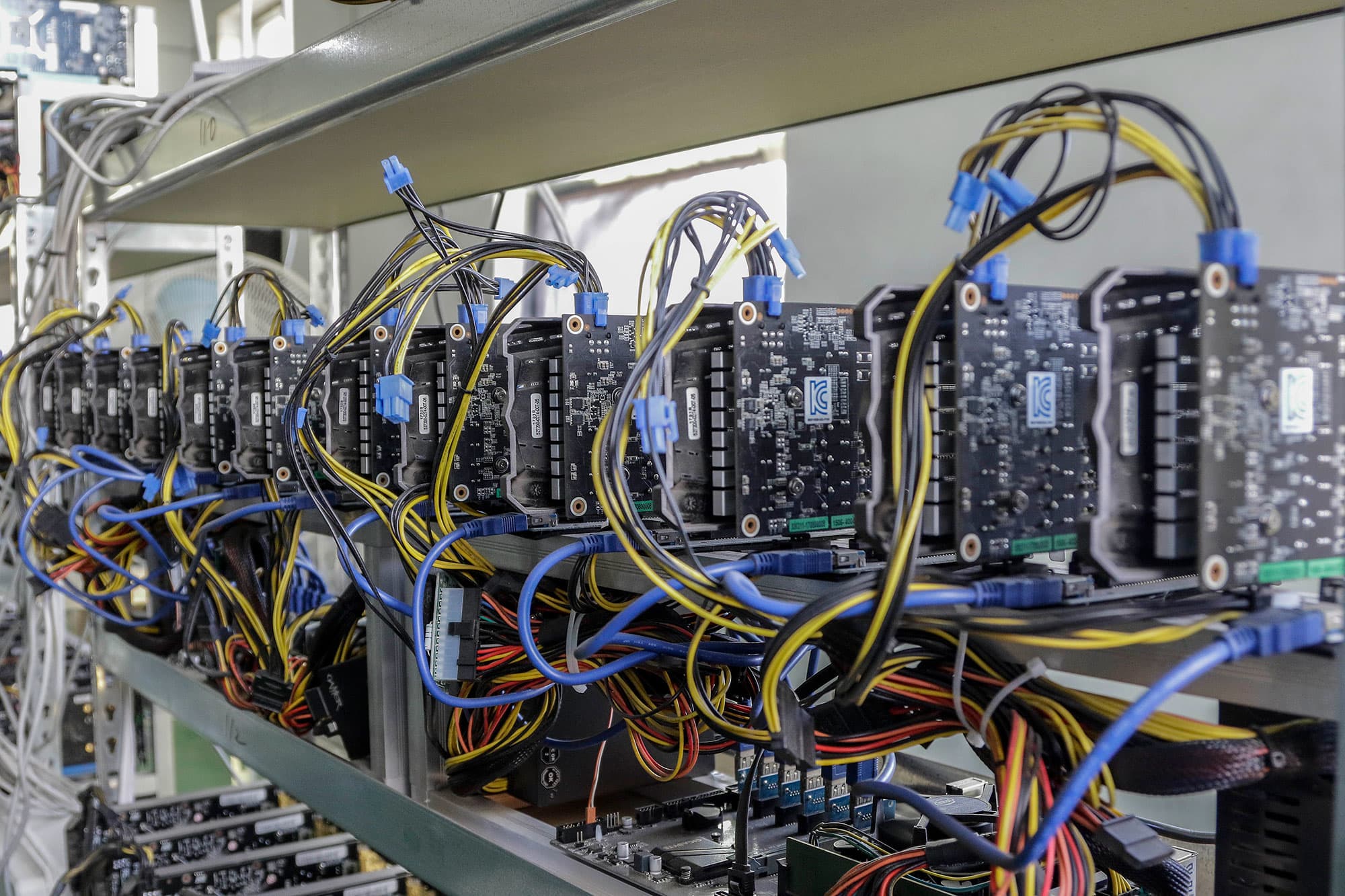A comprehensive comparison of Bitcoin mining and crypto staking for passive income in 2025. This article explores risk, scalability, and long-term viability to help investors choose the
As the crypto landscape matures, passive income strategies have evolved beyond speculative trading. Bitcoin mining and staking now represent two distinct paths for investors seeking consistent returns, each with its own technical demands, risk profile, and scalability potential. While both promise income generation, the underlying mechanics and long-term implications differ significantly, making the choice more nuanced than it appears.
Bitcoin mining remains hardware-intensive, requiring upfront investment in ASIC rigs, cooling infrastructure, and access to low-cost electricity. In 2025, the efficiency gap between top-tier miners like the Antminer S21 Pro and mid-range alternatives has narrowed, but profitability still hinges on location and energy pricing. Mining offers full autonomy over operations, but it also exposes investors to hardware depreciation, regulatory scrutiny, and market volatility. The reward structure, based on block subsidies and transaction fees, is predictable yet increasingly competitive. Miners must also contend with halving cycles, which reduce payouts and demand constant reinvestment to stay profitable.
Staking, by contrast, shifts the paradigm from computation to capital allocation. Investors lock up tokens typically in proof of stake networks like Ethereum, Cardano, or Solana and earn rewards for validating transactions. The barrier to entry is lower, especially with liquid staking platforms and pooled services that eliminate the need for technical setup. Staking yields vary by protocol, but they tend to be more stable and less energy intensive. However, staking introduces smart contract risk, slashing penalties for validator misbehavior, and exposure to token price fluctuations. Unlike mining, where hardware can be repurposed or resold, staked assets are often illiquid during lock-up periods, limiting flexibility.
Scalability favors staking in most cases. Investors can adjust their exposure with minimal friction, and the ecosystem supports automated compounding and delegation. Mining, while scalable in theory, demands physical expansion more rigs, more space, more cooling which introduces logistical complexity. For institutional players, mining offers deeper control and potential tax advantages, but for retail investors, staking provides a more accessible and agile model.
Risk tolerance plays a decisive role. Mining suits those comfortable with operational overhead and long-term infrastructure planning. It offers a hedge against token devaluation, as miners earn newly minted coins regardless of market sentiment. Staking, on the other hand, aligns with passive investors who prioritize simplicity and capital efficiency. It’s less exposed to hardware failure but more sensitive to protocol governance and network health.
The better option depends on individual goals. For those seeking hands-off income with minimal technical involvement, staking delivers a cleaner experience. For investors willing to manage hardware and optimize energy costs, mining can yield higher returns especially in regions with favorable conditions. Both strategies benefit from diversification, and many seasoned investors now blend mining and staking to balance risk and reward.
In 2025, passive crypto income is no longer a fringe concept it’s a strategic decision. Understanding the tradeoffs between mining and staking empowers investors to build resilient portfolios that reflect their values, resources, and long-term vision. Whether you’re optimizing for yield, security, or scalability, the key is clarity not just in technology, but in purpose.
Related Products:



















